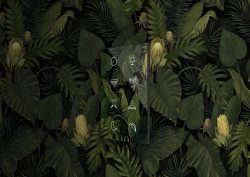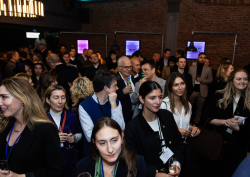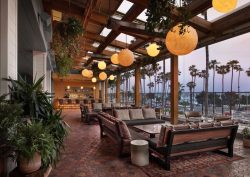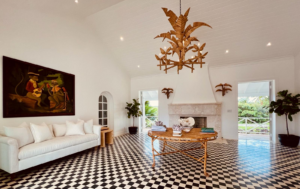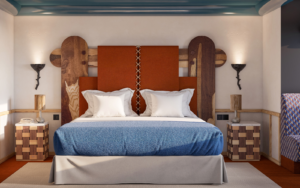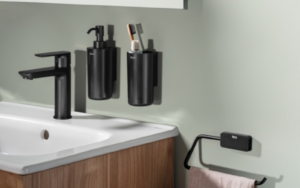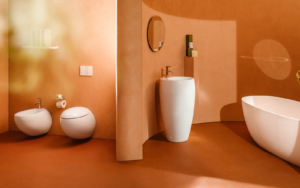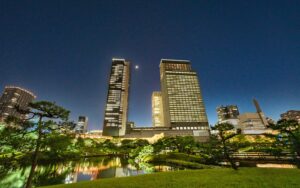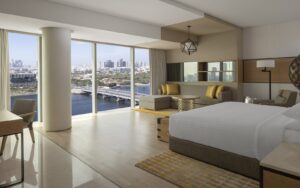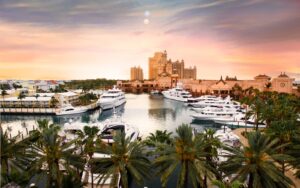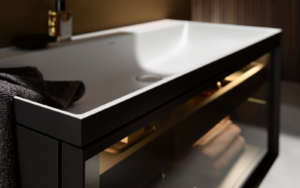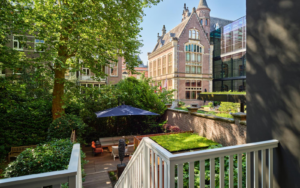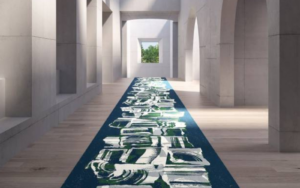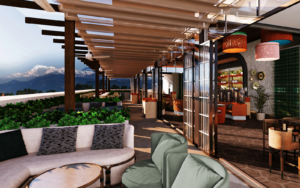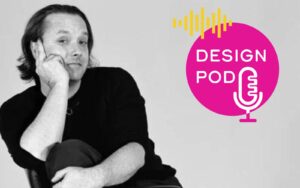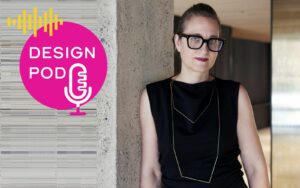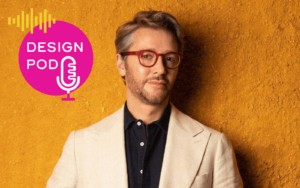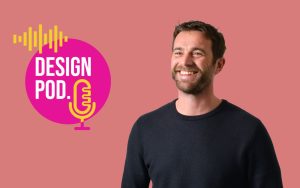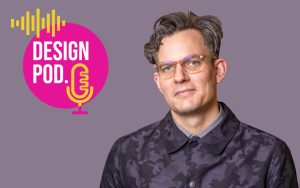Mario Ferrarini, an innovative product designer, has worked with some of the biggest names in the arena. His recent collaboration with Atlas Concorde led to the launch of the Dialogo collection. Editor Hamish Kilburn caught up with him during Clerkenwell Design Week to discuss his designs past, present and future in the Atlas Concorde showroom…
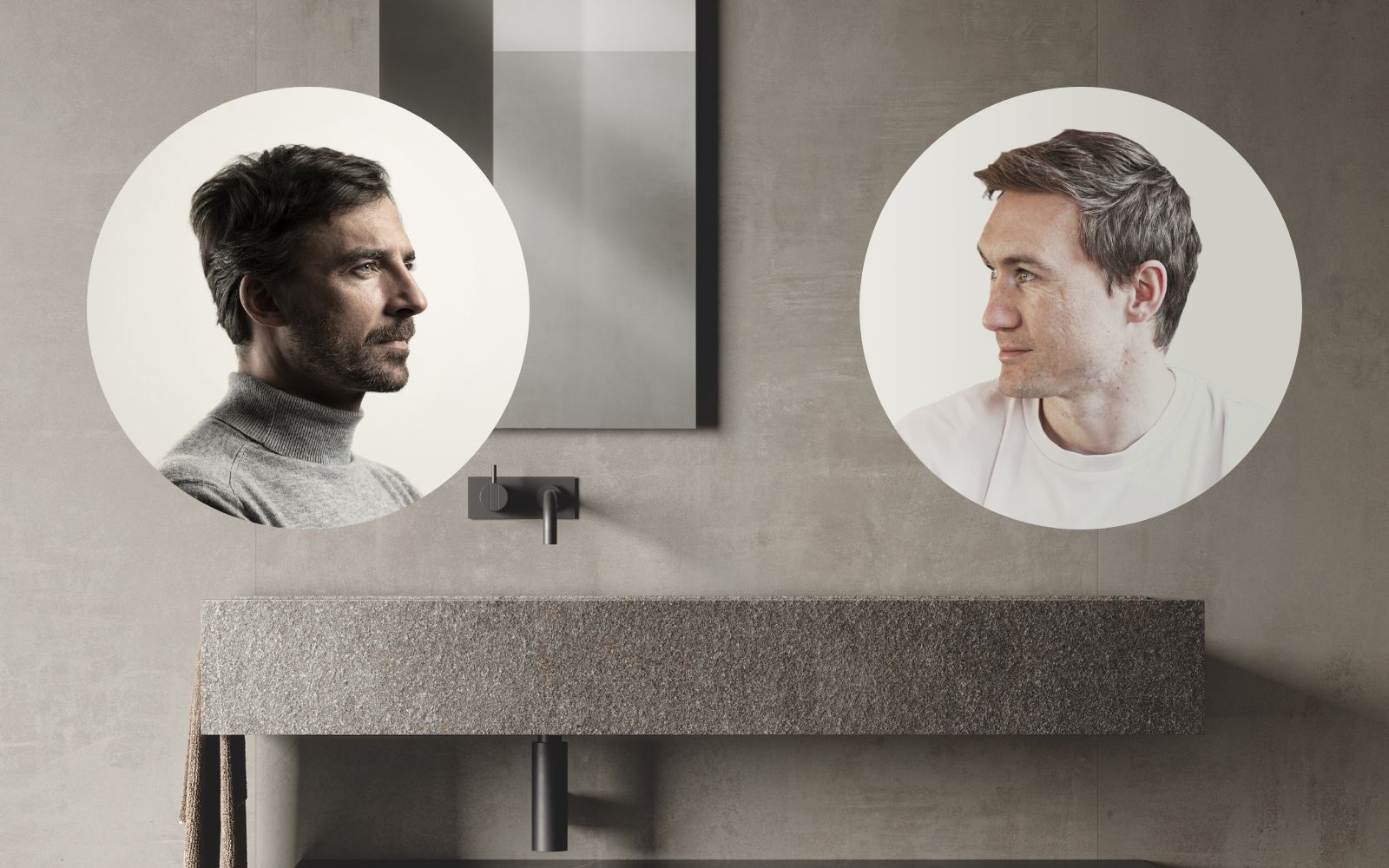
A few months ago, we unveiled to the world of design Atlas Concorde’s first foray into porcelain sinks when we published an article that introduced the Dialogo Collection. The product had been developed in partnership with the designer Mario Ferrarini, who has extensive experience in the bathroom furnishing sector. For this project, Ferrarini worked on parallel lines with an extremely calibrated design that carefully assesses thicknesses and cross-sections to create sinks of dimensions that meet the needs of interior design.
Ferrarini, who graduated in Industrial Design at the Polytechnic of Milan, began his design career practicing as a consultant for a number of renowned design studios until, in 2007 he took the step and founded his own studio. His studio works alongside companies to create unusual products that are timeless and transcend passing trends. For him, the partnership with Atlas Concorde was “seamless and made a lot of sense.”
To mark Atlas Concorde’s timely arrival into the Clerkenwell area, Hotel Designs invited a handful of designers to to the new showroom to listen in on our exclusive interview with the designer.
Hamish Kilburn: So, Mario, let’s start by understanding how all this began. What inspired you to launch your own studio in 2007?
Mario Ferrarini: To be honest with you, I was working with a famous design studio at the time. I had just won a design competition, which understandably created an element of tension for a time in the workplace. This prompted me to see what else there was out there. So, I ended up launching Studio Mario Ferrarini.
HK: In the past, you have said that balance is the principle goal of your global concept? How has the meaning of that sentence evolved in the last say five years?
MF: Well, it’s not a focus that I follow like a rule, but rather something that comes as an observation at the end of the process. It’s about the process, you see. And a sense of quiet and balance that comes from the dialogue that is part of the design project. It is about taking the time and understanding the journey – from prototype to completion. I work a lot using sculpturing, which allows me to focus on the details, and when a client likes and understands that process of ‘balance’, well that’s when a project works in my opinion.
HK: You have worked with leading brands, such as Linge Roset, Poltrona Frau, Castelli and more including, recently, Atlas Concorde. How do you approach working with new brands?
MF: At the beginning of my career it was very hard to be taken seriously by some of the companies – in Italy it feels like your age is often more important than your ideas. As a young designer, I was not taken seriously, which is sad but it’s true. I used to spend a lot of time at design fairs in Europe to see, understand and keep contact with companies. You can speak with 10 people, and end up working with one – although those other contacts might come into play in later years. It is vital to create a network and to keep authentic dialogue going as we are no longer in the 1970s when designers are a rarity and companies weren’t flooded with emails, texts, and links – today, there is strong competition so you have to work hard to be heard. And to be a bit older now is also a plus!
HK: In a lot of the conversations we are having at the moment, collaboration seems to be the tool for evolution. Is it easier to collaborate these days than it was when you first started in 2007?
MF: I think the key to successful collaborations comes back to your network. At the starting point of your career you follow competitions, possibly try to share something with a company, do parallel works like renderings. You do what you can to develop a network and out of this collaborations will develop. When I am working on a collaboration I try to really get to know a company, how it works, to feel their vibes, the soul of the factory – it might look wonderful from the outside or in a magazine, but as you get to know the company and its process, it might be totally different. I also think it is important to share skills, as part of the process of collaboration. It can sometimes be difficult starting a collaboration with a new company, but at the same time, once we start to talk and the process between the design and the supplier is a positive one, then one collaboration inevitably leads to others – it all goes back to the process and importance of networking.
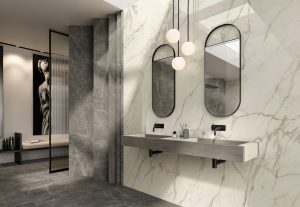
Image credit: Atlas Concorde S.p.A
“The design solution we developed has a simplicity that is underlined by a more complicated process.” – Mario Ferrarini.
HK: Taking a look at the Dialogo collection, where did you start, and can you talk us through the various stages of design?
MF: At the beginning of the pandemic, I received a call from the board of Atlas Concorde asking me to suggest how we could link their ceramic tiles with the world of the bathroom object, to design something with soul. It was interesting to understand their motivation in a period where there was so much uncertainty, and that despite this, they remained committed to the design process without compromise – this was an important point for me as it was clear that this was a focussed team.
The real challenge of the project was developing an understanding of the material, its qualities and the limitations of ceramic. The design solution we developed has a simplicity that is underlined by a more complicated process. The context of the design was based on the bathroom as a temple of quietness and beauty. The design works on suggested boundaries where we take a pause from a frantic life. It was important to make a recognisable washbasin but one that is also unique, and in this case it is the connection with the wall surface, the tiles, that results in an entirely integrated product with a seamless and architectural design profile.
HK: How did your experience, designing industrial products and furniture, help with this project?
MF: Fortunately that experience helped a lot. I started my career in the bathroom area working with Jacuzzi and Antoniolupi, both of which taught me a lot about the technical side of the process while allowing me to develop my own design vision. Bathroom product design is of course very technical, very precise, and you need to know the right dimensions and proportions of, for example a washbasin, to ensure that it not only looks good, but functions correctly as well.
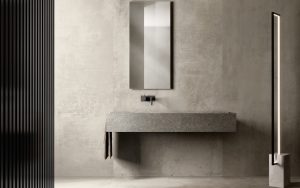
Image credit: Atlas Concorde
HK: With so much emphasis on materials, how beneficial has been to work with a surface brand on this sink collection, instead of a bathroom brand?
MF: We had to tread carefully, because this was a first for Atlas Concorde. So, to introduce an entirely new product is always difficult even if it is made with the same material. But happily the end result is a good design and a unique concept developing the connection from the surface tiles to the sink which will complete a bathroom design in a new way, integrating the furniture and the surfaces.
HK: There’s a strong narrative in this sink collection around ‘changing perspectives’, can you elaborate?
MF: The collection is a new chapter for Atlas Concorde – it has been about working with the DNA of the company, its tiles, and then taking it in a new direction, developing new designs and products. This is only a starting point of discovering how to look differently at a product and develop the design process as a more fully coordinated concept.
HD: In the Habitat model, which is reminiscent of a piece of art, how do you ensure vein continuity when cutting the porcelain?
MF: With difficulty! We spent a lot a lot of time working on this and trying to find a workable solution that had to accommodate so many different aspects of design, including the need to avoid waste.
HD: And finally, how do you see this collection evolving?
MF: For the Milano fair we completed the collection by adding furniture to complement the sink design and this takes it to another level. The concept remains true to the design, but is then combined with a base in a selection of colours that connect directly with the sink and tile palette. There are always new ways of developing and evolving the design and integrating it successfully into the bathroom.
The name itself, Dialogo, reflects the ongoing nature of the project – a dialog between materials, both in harmony and in contrast; between different surfaces; between an industrial reality like Atlas Concorde and the world of design.
Atlas Concorde is one of our Recommended Suppliers and regularly features in our Supplier News section of the website. If you are interested in becoming one of our Recommended Suppliers, please email Katy Phillips.
Main image credit: Atlas Concorde/ Hotel Designs

